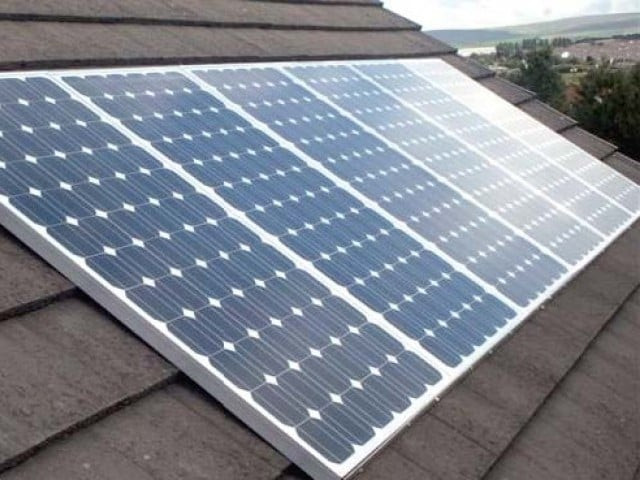Households bear expensive LNG import costs as industries abandon high-cost fuel but govt reliance persists
After decades of reliance on imported and local fossil fuels, Pakistan is shifting towards cheaper and cleaner choices. In FY24, shrinking energy supplies and declining consumption defined Pakistan’s energy story. Weak demand and rising fuel costs are driving a gradual move away from fossil fuel dependence.
Economic pressures reshape energy use
The Pakistan Energy Market Review (PEMR) 2025 by Renewables First reveals that Pakistan’s primary energy supplies declined for the second consecutive year in FY24, while final energy consumption dropped sharply due to affordability constraints and weaker industrial and agricultural demand.
Crude oil production has dropped by 25% over the past decade, and domestic gas output continues to decline, increasing reliance on expensive imported liquefied natural gas (LNG). Coal consumption is also falling, with most of the remaining demand now being met through local coal instead of imports.
Despite this shift, pressures remain. LNG imports are straining foreign reserves as industries move away from them due to high costs. These imports are now being redirected towards households, adding to already heavy electricity bills. Long-term LNG contracts have also created a surplus at a time when industrial and captive consumption is falling. Together with the rupee’s volatility against the dollar, these factors are adding stress to the energy system.
“LNG served as our fallback fuel, but it is only a temporary bridge,” said Huma Naveed, data analyst at Renewables First. “This mismatch between supply and demand calls for planners to integrate the country’s growing use of renewable energy into future energy strategies.”
Gas-sector circular debt climbed to Rs3.2 trillion by March 2025, highlighting the urgent need for reforms across the gas supply chain.
Solar offsetting fossil fuel use
Pakistan’s energy market is undergoing a consumer-led transformation as the country moves beyond short-term fixes towards a lasting shift from fossil fuels to renewables. Non-fossil energy supplies, including hydel, nuclear, and solar, have grown by nearly 50% since FY21, while fossil-based supplies have continued to shrink. Coal’s share in the energy mix is declining mainly due to market dynamics, as rising costs make it less competitive.
The report highlights that the transition extends across sectors. The industrial sector has seen the steepest drop in fossil fuel use, with industrial energy consumption falling 21% year-on-year in FY24. Electric vehicle incentives are nudging transport towards electrification, while farmers are switching to solar-powered tube wells to cut diesel and grid reliance.
Rabia Babar, data manager for energy and climate at Renewables First, reflected on the broader shift: “We’re witnessing a structural reset as power, agriculture, transport, and industry turn to solar solutions instead of costlier fuels. The question now isn’t whether fossil fuels will decline, but how fast clean technologies can replace them.”
Together, these changes reveal an energy system in motion — one where solar energy is becoming the foundation for future growth. Since 2017, Pakistan has imported over 50GW of solar photovoltaic capacity, enabling households, farms, and industries to reduce costs and improve reliability.
While this transformation brings much-needed relief, the report stresses that it also requires decisive action. Reforms in the gas and power sectors, including tariff rationalisation, improved distribution efficiency, and open-market access, are crucial to contain circular debt. Policies must ensure that solar adoption remains accessible and equitable for all consumers.
With solar adoption accelerating, Pakistan’s energy landscape is entering a new phase — driven by citizens and defined by resilience and reform.

